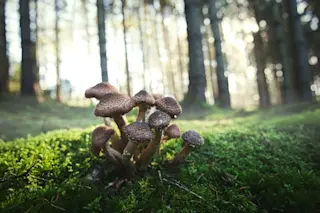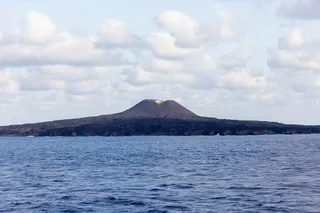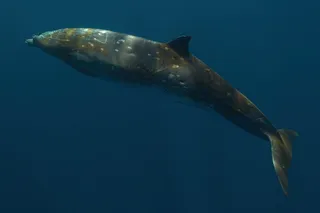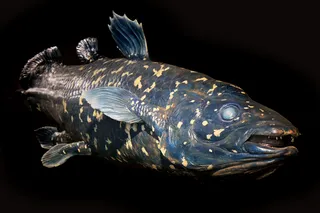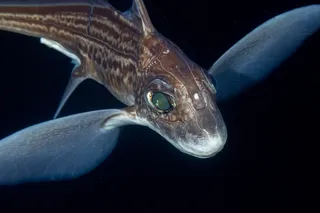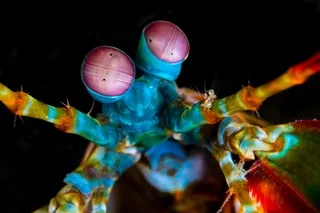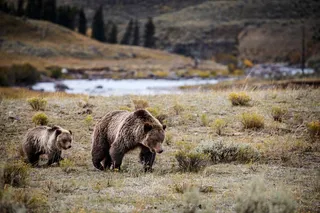The largest organism is the Armillaria ostoyae, also known as the “humongous fungus.”
The fungus covers 2,385 acres and is 8,650 years old, weighing 35,000 tons.
Experts suggest that other organisms like the Antarctic blue whale, the 106-acre aspen forest, or two closely related hybridized eelgrass species could compete for the world’s largest organism.
Quarter-sized white button mushrooms, which are typically found on pizza slices and in grocery produce aisles, are close relatives of what some consider the world’s largest organism. Their cousin? A single, massive organism, Armillaria ostoyae, is located in Oregon's Malheur National Forest.
Also known as the “humongous fungus,” many experts consider this vast honey mushroom network the world’s largest organism.
Antonis Rokas, a professor of biological sciences at Vanderbilt University, says current estimates of the humongous fungus suggest it covers 2,385 acres, or nearly three times the size of Central Park. At some 8,650 years old, ...



